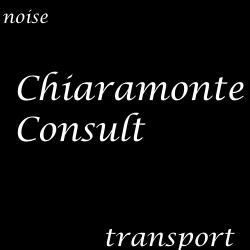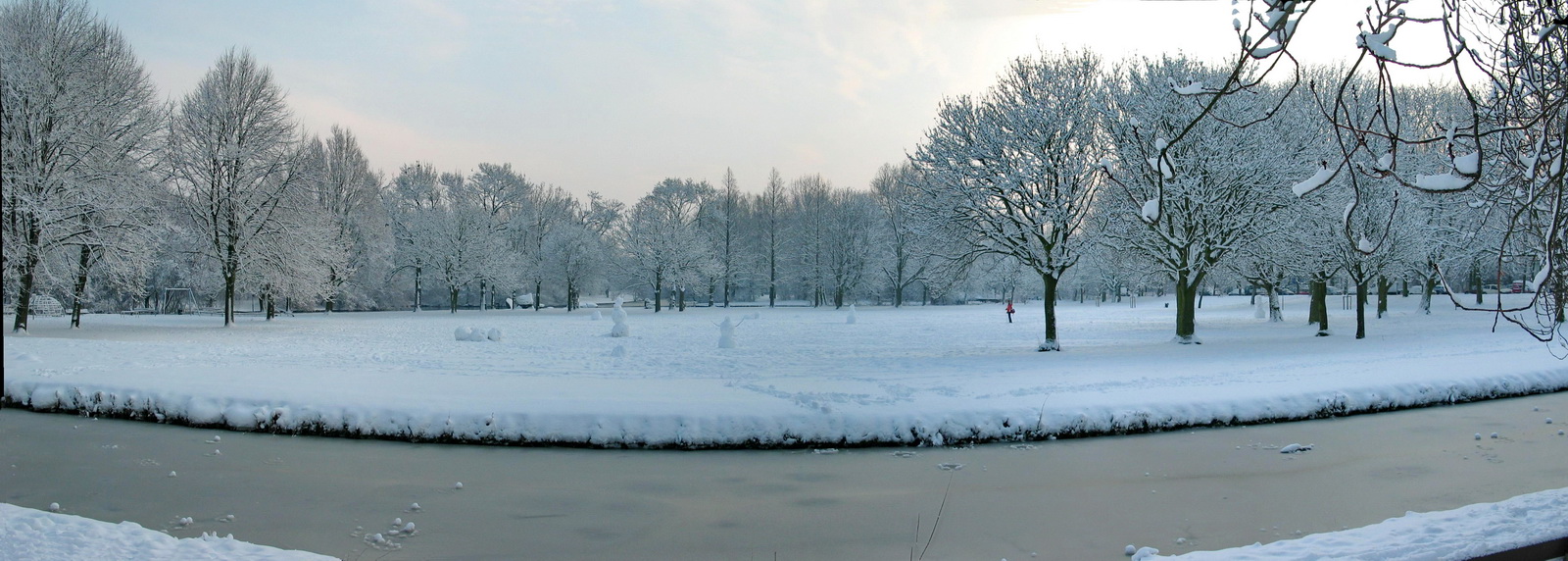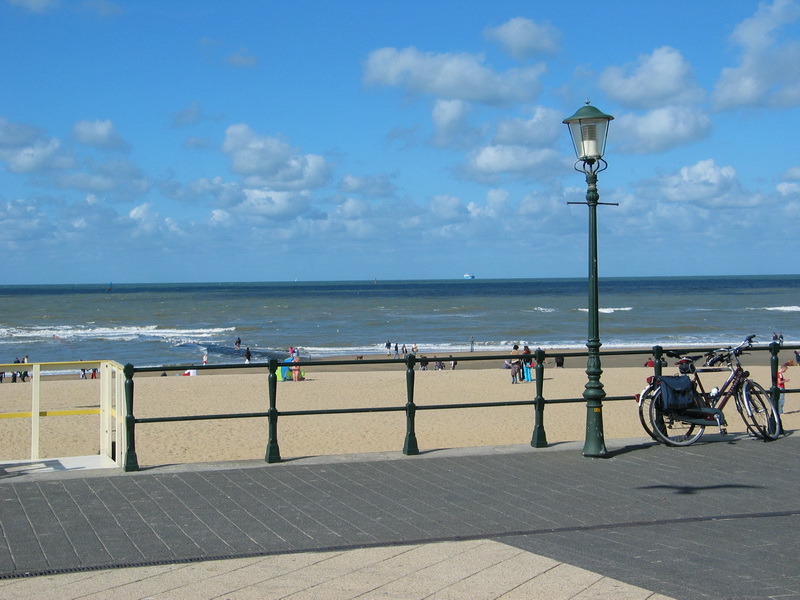

Introduction
Sound, noise and quiet
Definitions and selection criteria
Health benefits of quiet & biodiversity
The economic value of quiet areas
Lessons learned from commitments by MS and other competent authorities
Methods for identifying quiet areas
Recommendations and Conclusions
More on:
- references & useful documents and links
- health effects
- quiet facades
- protection and monitoring
Disclaimer: this site is based on the published EEA document, but not identical. Over time the differences will increase as more recent material will be added to this site by Chiaramonte Consult. Please send your comments and suggestions for extensions and improvment to info@quietareas.eu.
Definitions
and selection criteria
The END defines separately quiet areas in and
outside
agglomerations,
and also quiet façades:
· Quiet Area in open
country : shall mean an area, delimited by the
competent
authority, that is undisturbed by noise from traffic, industry or
recreational
activities (p. 14).
· Quiet façade : meaning
the façade of a dwelling at which the value of Lden
four metres
above the ground and two metres in front of the façade, for the noise
emitted
from a specific source, is more than 20 dB lower than at the façade
having the
highest value of Lden (p. 24).
The first two definitions
are operational. The first aims to define ‘quiet
area’ on a physical basis, whereas the second is more directed
towards the effect
- disturbance. The definition of quiet façade borders quite literally on the
definition of quiet
area in agglomerations: connect a number of quiet façades, and a
quiet area is the natural
result, and vice versa.
An
analysis of current practices shows that there is a
large variety in approaches and methods for
identification of quiet areas, as well as in
physical and
effect oriented definitions or selection criteria
(Table 1).
|
Table
1
Selection criteria for quiet areas
(not-limitative set) |
|||
|
Type |
Indicator |
Range criteria Urban |
Range criteria Open country |
|
Acoustic
|
Leq,24h |
40 dB(A) |
25-45 dB(A) |
|
|
Lden |
50-55 dB |
|
|
|
L50 |
|
35-45 dB(A) |
|
|
L90 |
|
30 dB(A) |
|
|
L95 |
30 dB(A) |
|
|
|
Lday |
45-55 dB(A) |
30-40 dB(A) |
| Difference Level | 3-15 dB(A) | ||
|
Functional |
|
|
|
|
|
Recreation |
Moderate intensive |
Passive activity |
|
|
Nature protection |
Moderate |
Priority |
|
|
Health protection/restoration |
Health protection |
Restoration priority |
|
Distance |
|
|
|
|
|
From motorway |
|
4- |
|
|
From agglomeration |
|
1- |
|
Soundscape |
|
|
|
|
|
Perceived
acoustic quality /appreciation |
|
|
|
Size |
|
100- |
0.1-100
km2 |
|
Visual |
Areas with established values in official
documents (eg. Land use plans or nature conservation plans) |
|
|
Many of these criteria can be (and are) used in
combination, often in separate steps in a process. One such scheme is
to apply
first a course selection on the base of functional and acoustic
criteria, and
apply the other criteria on the then resulting areas.
The sections methods
and health aspects
present evidence that support
selection criteria based on sound-pressure levels.
This is summed up in Table 2, which summarizes a
number of studies on the effects of sound-pressure levels on visitors
in quiet
areas. In the section health aspects
there is also more
information on possible dose-response
relations.
|
Table 2
Sound-pressure levels related to perceived acoustic quality/appreciation |
|
|
Sound-pressure levels (LAeq,
Lday) |
Perceived acoustic
quality/appreciation1) |
|
< 45 |
~100% of visitors perceive acoustic quality as
good |
|
45-55 |
~50% of visitors perceive acoustic quality as
good |
|
>
55 |
% of visitors perceiving acoustic quality as
good falling rapidly with rising sound-pressure levels |
1) Besides sound-pressure levels, the score also depends on other qualities of the area (visual, air quality, perceived type of sounds – human, nature, technology). See health aspects .
